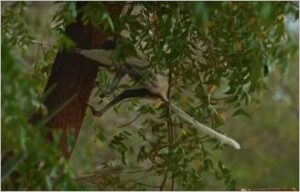Sifaka Lemurs
|
|
Sifaka lemurs are a genus of lemurs known for their distinctive appearance and unique way of moving. They belong to the family Indriidae and are native to Madagascar, an island off the southeastern coast of Africa. The genus consists of several species, including the Coquerel’s sifaka (Propithecus coquereli), Verreaux’s sifaka (Propithecus verreauxi), and the diademed sifaka (Propithecus diadema), among others.
Sifakas are characterized by their long, slender bodies, bushy tails, and distinctive facial markings. They have large, expressive eyes and soft, thick fur that can range in color from white to various shades of brown or black depending on the species. One of the most remarkable features of sifakas is their mode of locomotion, known as “vertical clinging and leaping.” This involves hopping vertically between trees while using their powerful hind legs and long arms to propel themselves. They are incredibly agile and can cover considerable distances with each leap. Sifakas are primarily folivores, meaning their diet consists mainly of leaves, although they also consume fruits, flowers, and occasionally insects. They live in small family groups led by a dominant male and are highly territorial, defending their home ranges from other groups. Unfortunately, like many other lemur species, sifakas are threatened by habitat loss, fragmentation, and hunting. Conservation efforts are underway to protect their remaining habitats and ensure the long-term survival of these unique primates. |


